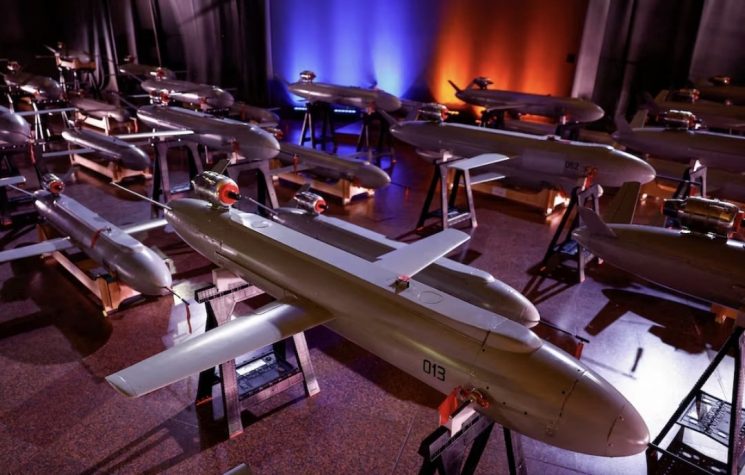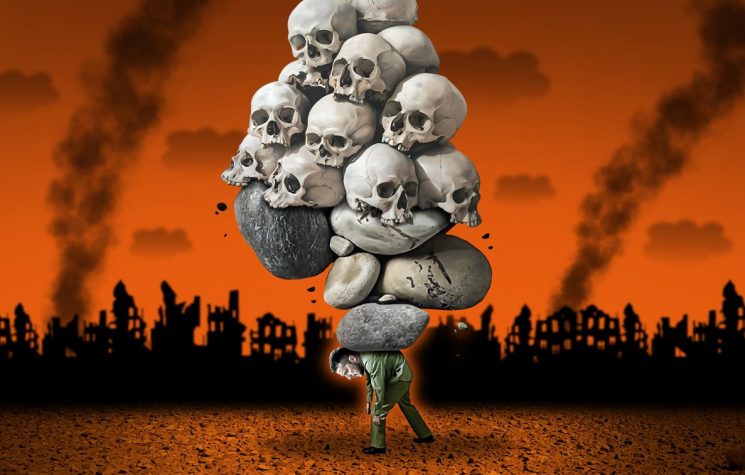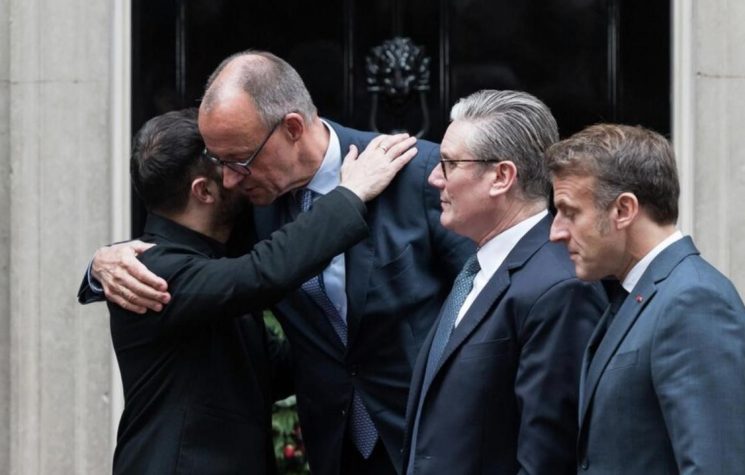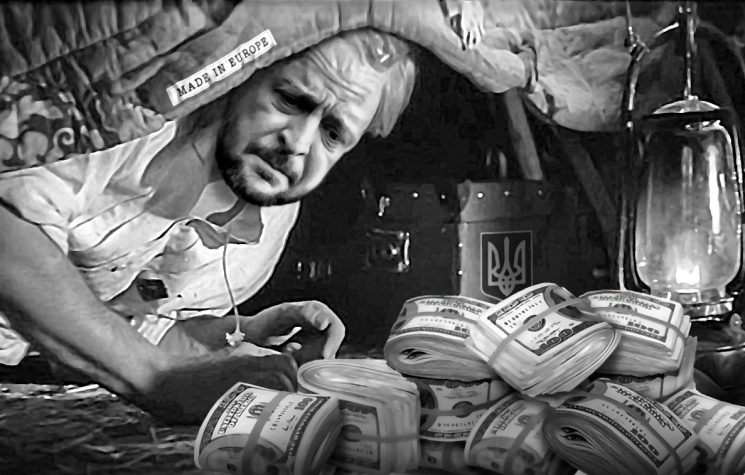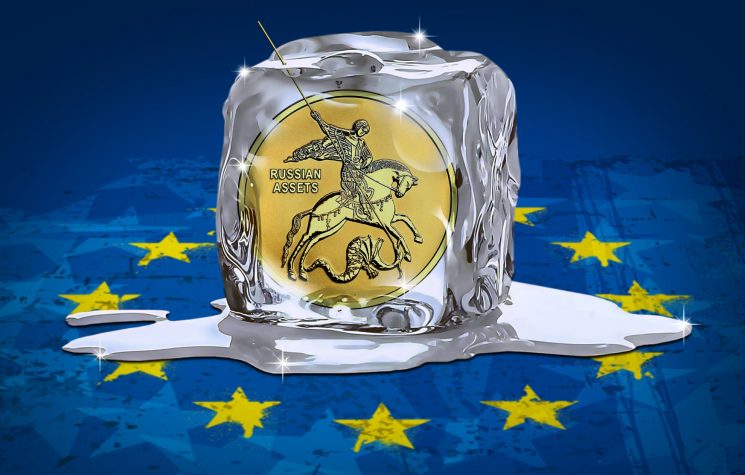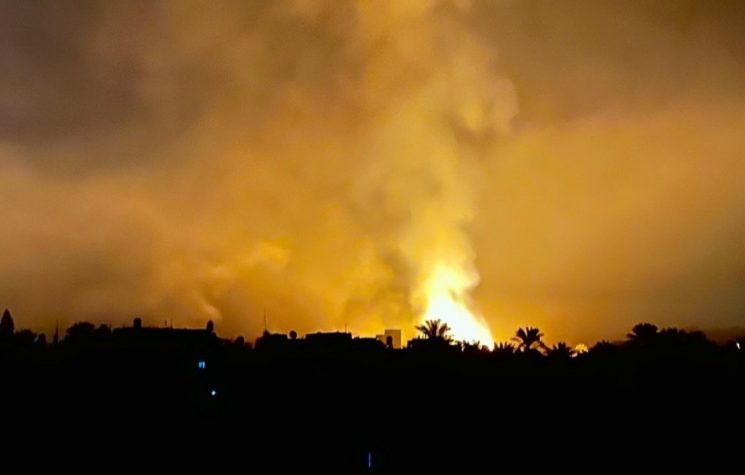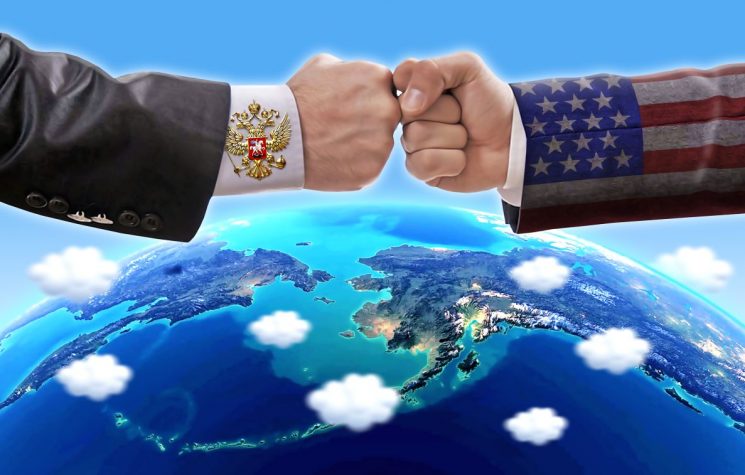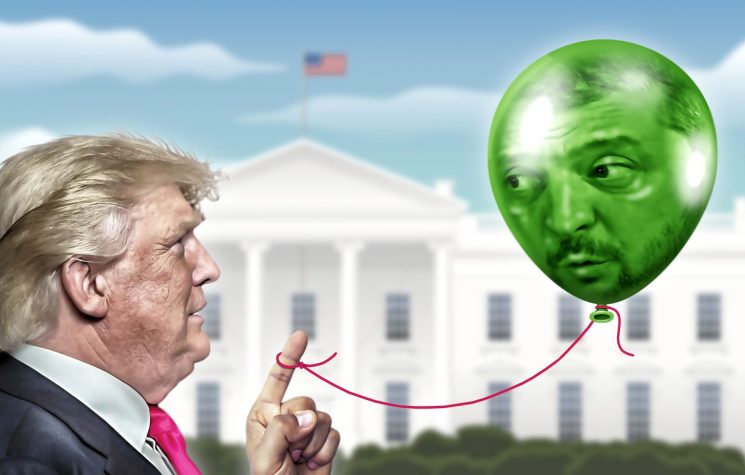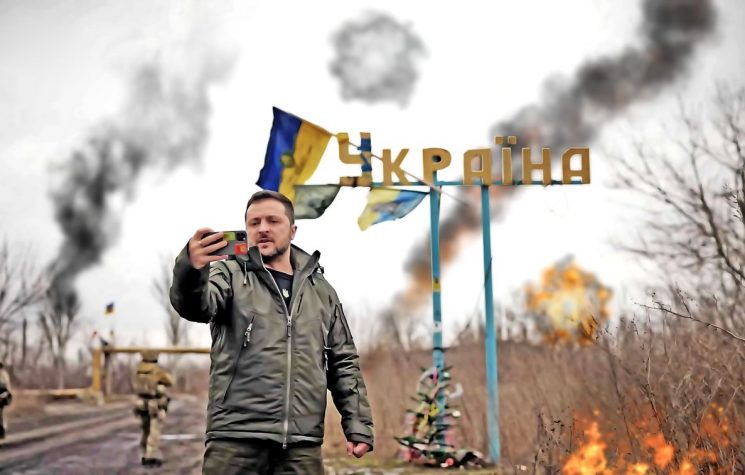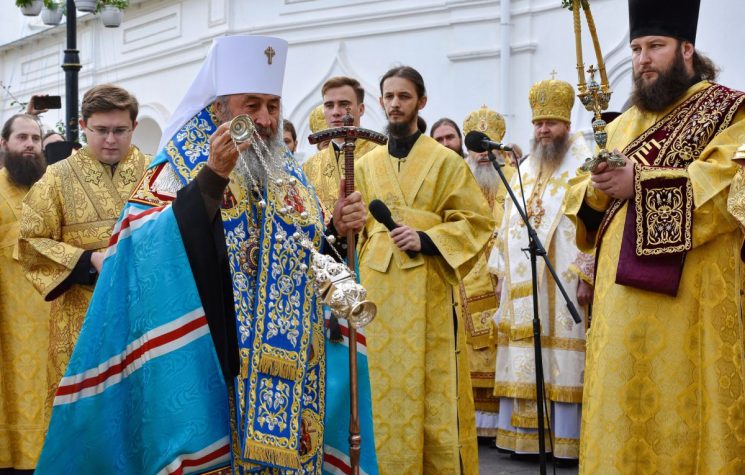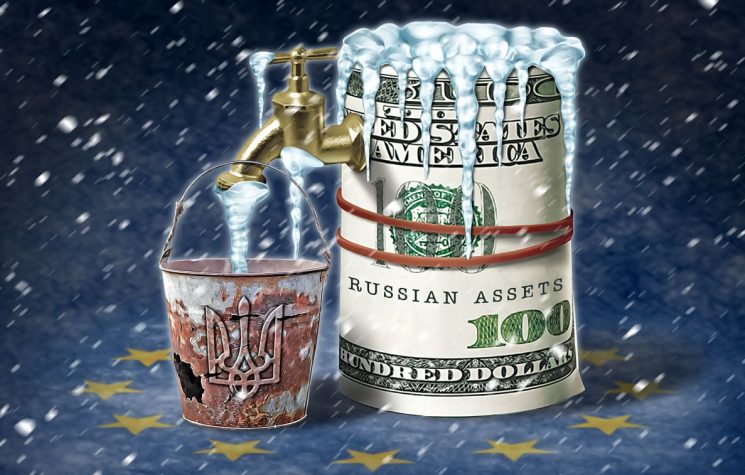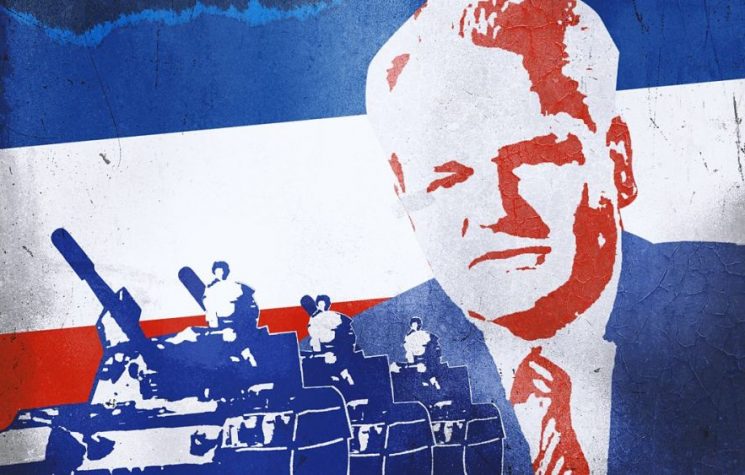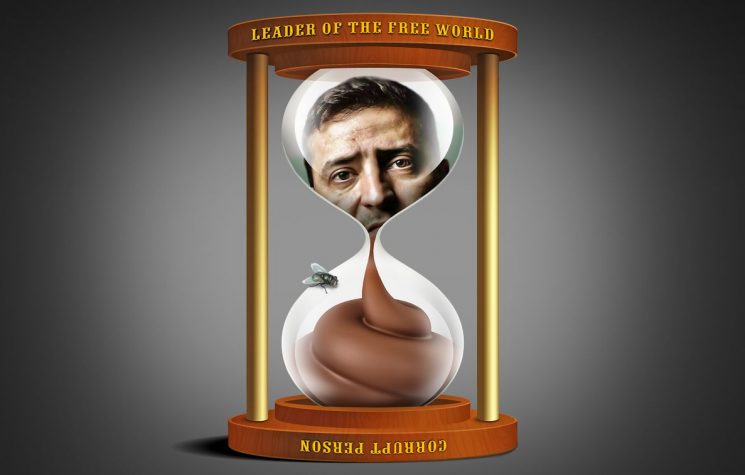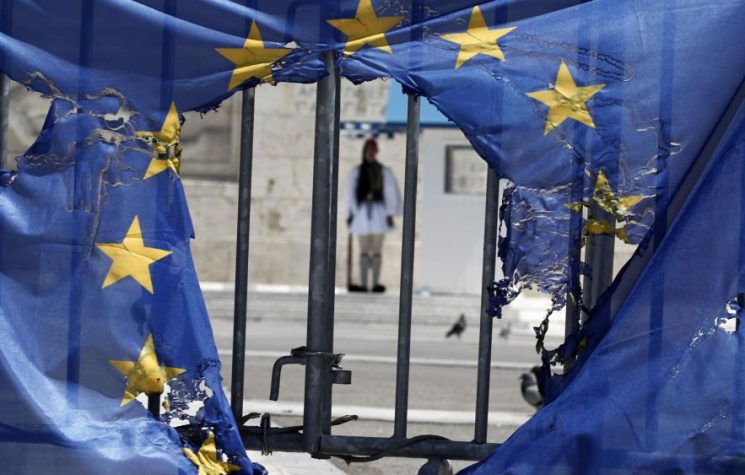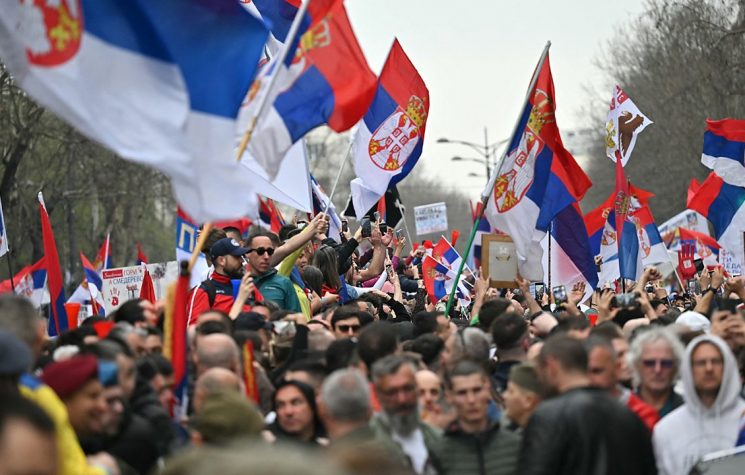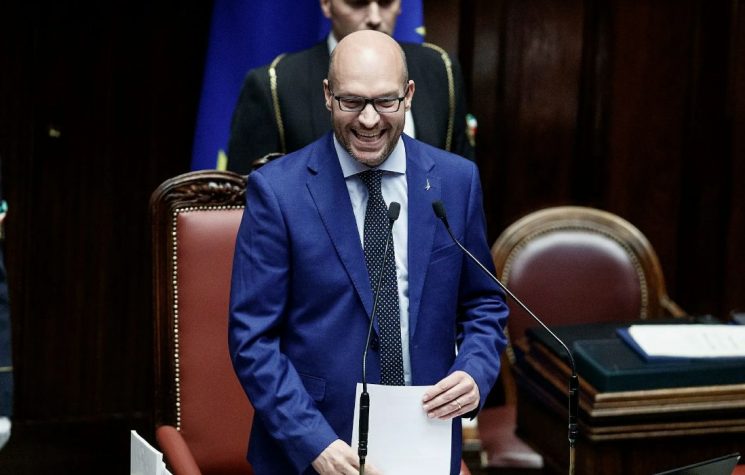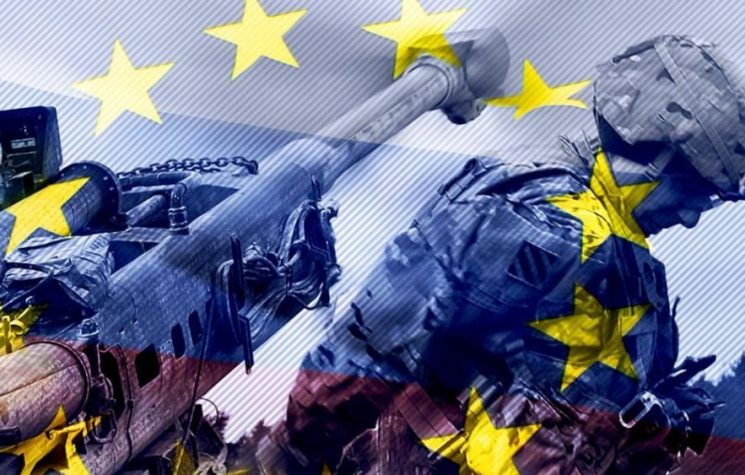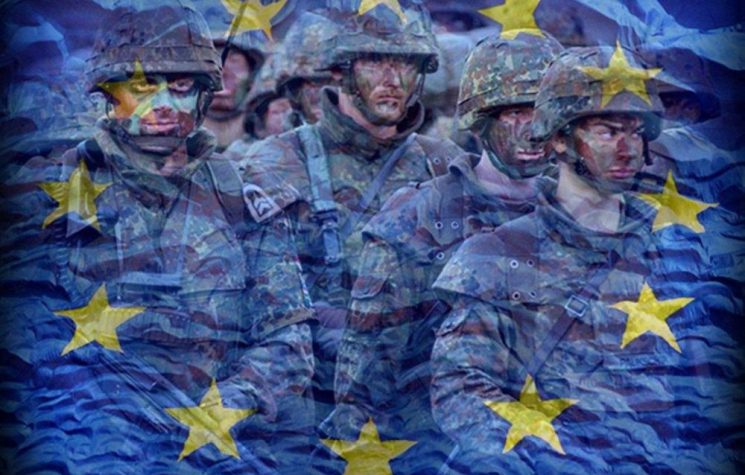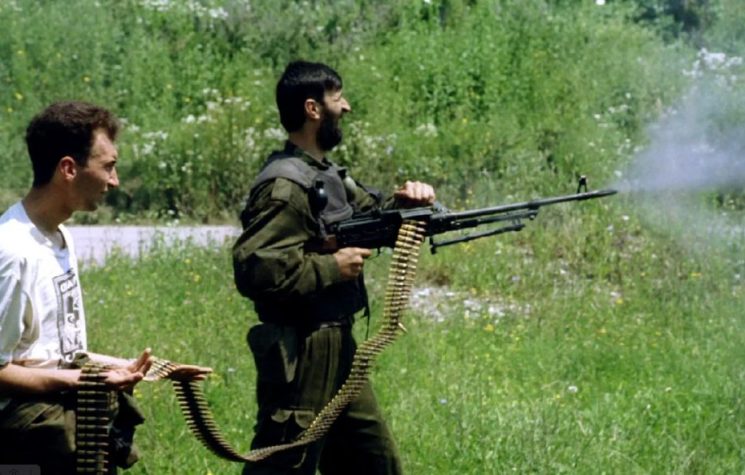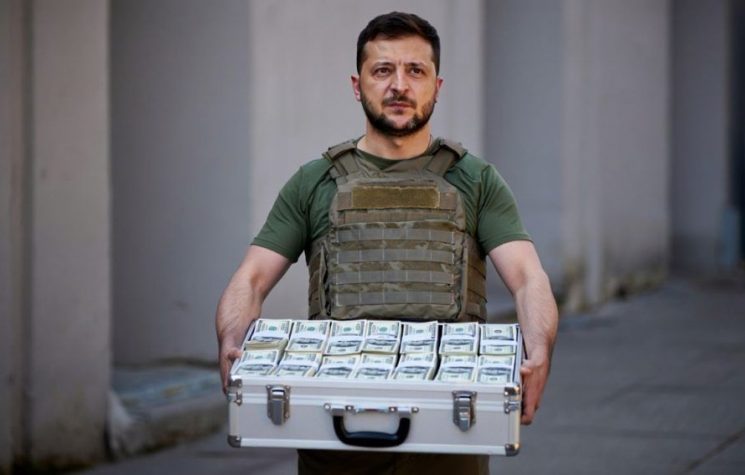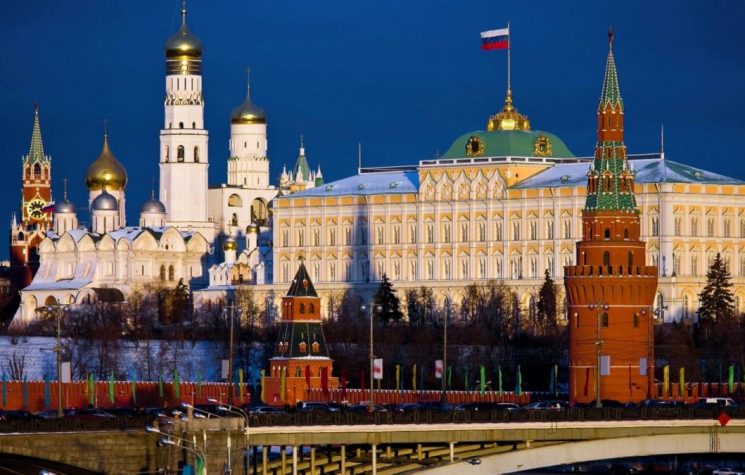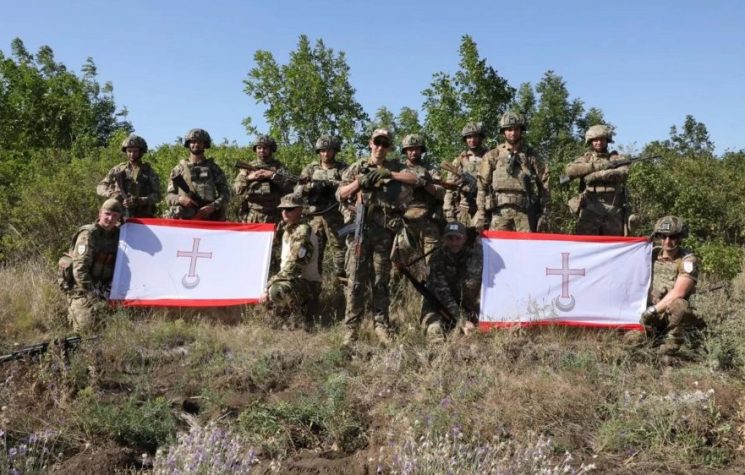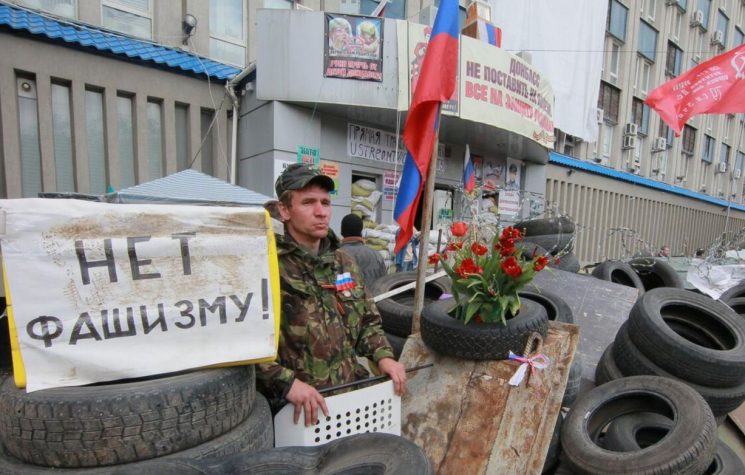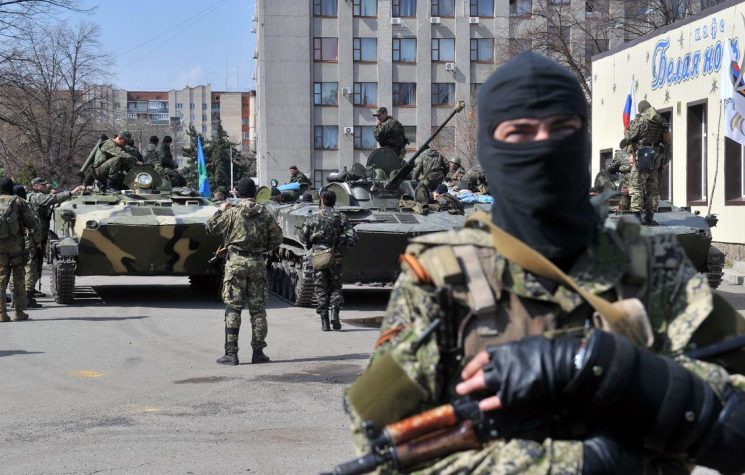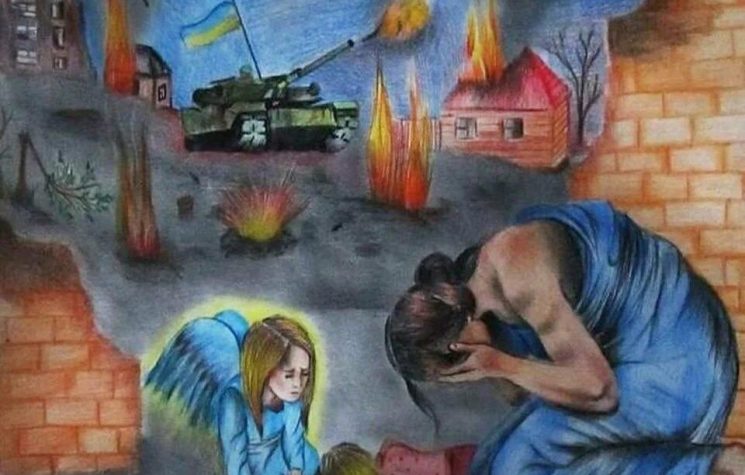Without the logistical support of the Western propaganda machine no other outcome was conceivable and the Konstantinovka story could only die a natural death, Stephen Karganovic writes.
❗️Join us on Telegram ![]() , Twitter
, Twitter![]() , and VK
, and VK ![]() .
.
Slightly over a week ago, all major collective West news outlets carried the story of a rocket attack on a crowded market in Konstantinovka, a town which is under Kiev regime control. It was announced that as a result of the blast 17 people were killed, including a child, and 32 were injured. Within minutes of the occurrence the accusation was hurled that the missiles that hit the market were Russian and that the Russian side in the conflict was therefore responsible for the mayhem.
The attack, which occurred as Secretary Blinken was visiting Kiev, was denounced immediately and from various quarters. Zelensky claimed that it was an example of “Russian evil” that “must be defeated as soon as possible.” Along the same lines, “Denise Brown, the UN’s humanitarian envoy for Ukraine, denounced the attack as ‘despicable,’ and the European Union condemned it as ‘heinous and barbaric.’”
At the time when these statements were being made, which was literally within minutes of the occurrence to which they referred, there was no evidence whatsoever, firm or circumstantial, to corroborate them. Quite the contrary, the circumstantial evidence pointed in the opposite direction. Amateur videos from the scene posted on social networks portrayed shoppers who heard the sound of incoming projectiles turning their heads to look in the direction away from where the missiles would have come from, if they had been Russian. That strongly suggested that the missiles were launched from territory under the control of the Ukrainian military.
So far, almost ten days after the widely publicised event, no forensic investigation with verifiable data is reported to have been performed, under anybody’s auspices, Ukrainian or international. As a result, each and every statement made about the blast by Ukrainian or Western officials is unsupported by evidence and is purely conjectural.
Even more suspicious than that is the fact that initially lively and unabashedly accusatory media coverage of the Konstantinovka market blast, which vividly recalled a similar false flag market incident contrived in Sarajevo during the Bosnian war, suddenly went silent. That happened literally from one day to the next. The day of the blast, September 6, and before any reliable information could have been available, a Wikipedia article accusing Russia for the incident in Konstantinovka was hastily posted. (Ludicrously, in deference to Kiev regime’s linguistic edicts Wikipedia refers to the town as “Kostiantynivka,” to stress its non-Russian character.) By Googling “Konstantinovka attack” one gets a long series of videos and articles all contending unanimously, as in the Reuters report, that “Russian attack kills 17 in east Ukraine as Blinken visits Kyiv, officials say”. But every single one of these reports is dated September 6 or 7, 2023, and from then on, as if by magic, all references to the crime cease. Hard as one may look, after September 7 there is no mention of the event that just the day before provoked such enormous indignation and, in the opinion of the highest officials, merited the use of dramatic expressions such as “evil,” “heinous,” and “barbaric.”
Why was there no follow-up? Why was such an initially promising false flag operation, which cost the lives of more than a few innocent individuals, suddenly dropped?
One can only speculate about the reasons. As we explained in our original piece on this subject, historically there is a very strong correlation between false flag operations and specific political events that are meant to be exploited by the falsely directed emotions that the event was provoked to generate. In this case, that is obviously Secretary Blinken’s visit, into which the Kiev regime had invested enormous hopes in terms of additional material assistance and support. However, based on everything we now know about the results of that visit, the regime received very disappointing news about its Western sponsors’ readiness to maintain their support at the expected level. In light of these realities, the regime may have concluded that further fanfare about the Konstantinovka market blasts would be unproductive. Western sponsors, on the other hand, may have decided to cut off media coverage which would have enhanced the victim image of their proxies that they are slowly preparing to ditch, generating moral pressure to continue to back them with the same intensity. Without the logistical support of the Western propaganda machine no other outcome was conceivable and the Konstantinovka story could only die a natural death. That is exactly what happened.
We must remember, however, that besides the propaganda story there are sixteen or seventeen, by various counts, innocent people who are also dead.
Their violent death was cynically arranged by the Kiev Nazi regime to try to improve its political position as its fortunes deteriorate on every front. The victims of this outrage in Konstantinovka, as well as the victims of similar false flags in Bucha and Kramatorsk, deserve justice. The perpetrators must be punished.
As we have repeatedly argued, it is necessary to consider without delay the issue of putting in place serious and effective legal mechanisms to identify and punish perpetrators of crimes against humanity such as we have just witnessed in Konstantinovka. The criminals may be beyond the reach of justice at the present moment, but that is bound to change soon. When that happens, justice must be ready to spring into action.
The Konstantinovka incident demonstrates once again the need for Russia to declare universal jurisdiction over all crimes against humanity committed in the context of the conflict which began in 2014, reserving the right to prosecute related crimes which may have been committed anywhere on the territory of rump Ukraine, the Russian Federation, or in any other location. Since Konstantinovka happens to be in the Ukrainian-occupied portion of Donetsk Region, a territory which has been legally incorporated into the Russian Federation, no special jurisdiction is required to prosecute parties suspected to be guilty of this market massacre, on the basis of individual, command, or joint criminal enterprise modes of criminal liability. But elsewhere the situation may not be as simple. Bucha is an example that comes to mind immediately of a similar crime where additional jurisdictional powers would be required to prosecute.
Let us hope that the Konstantinovka false flag murder operation will be a clarion call to action to close off every remaining avenue of impunity that could be used to shield the perpetrators of such disgusting acts.










